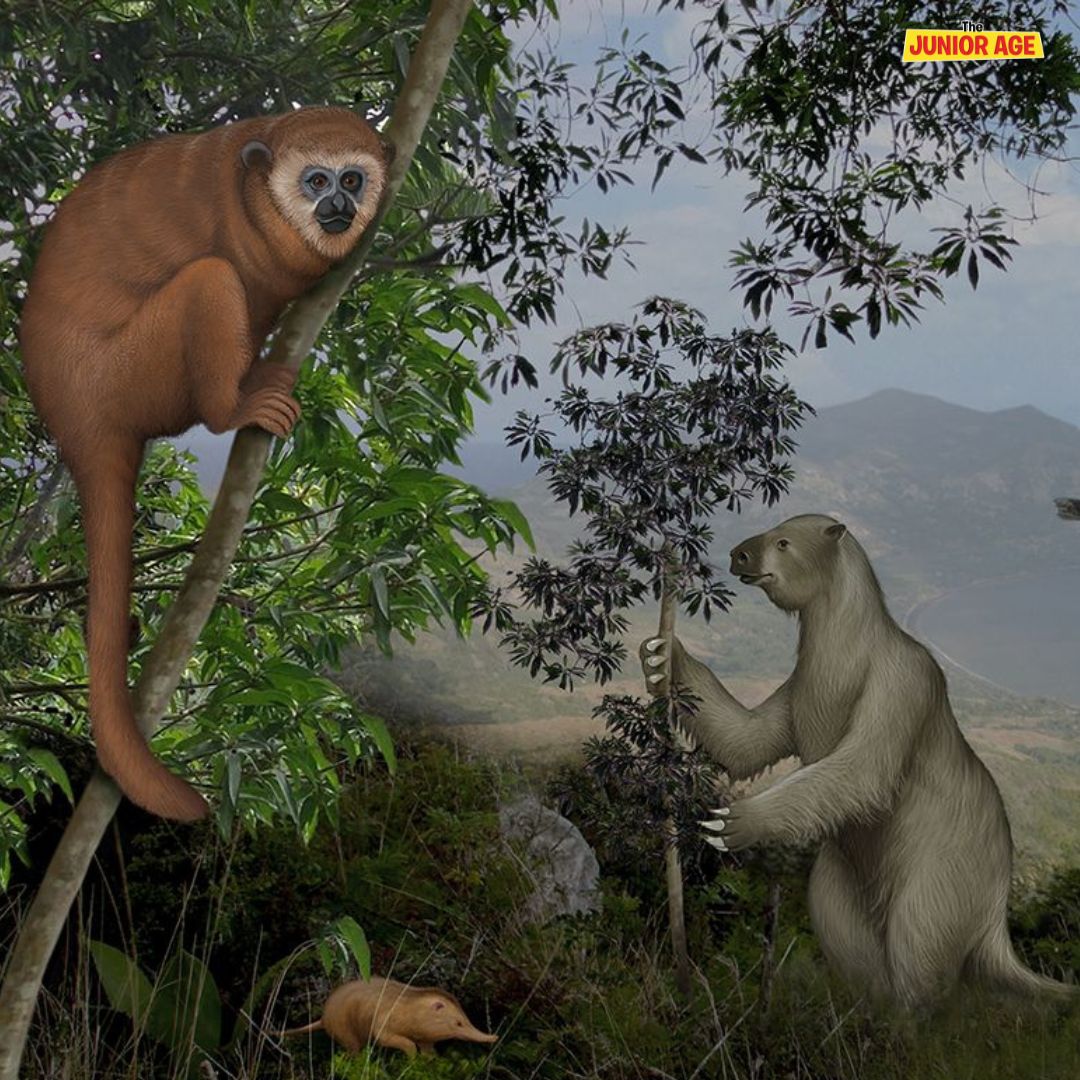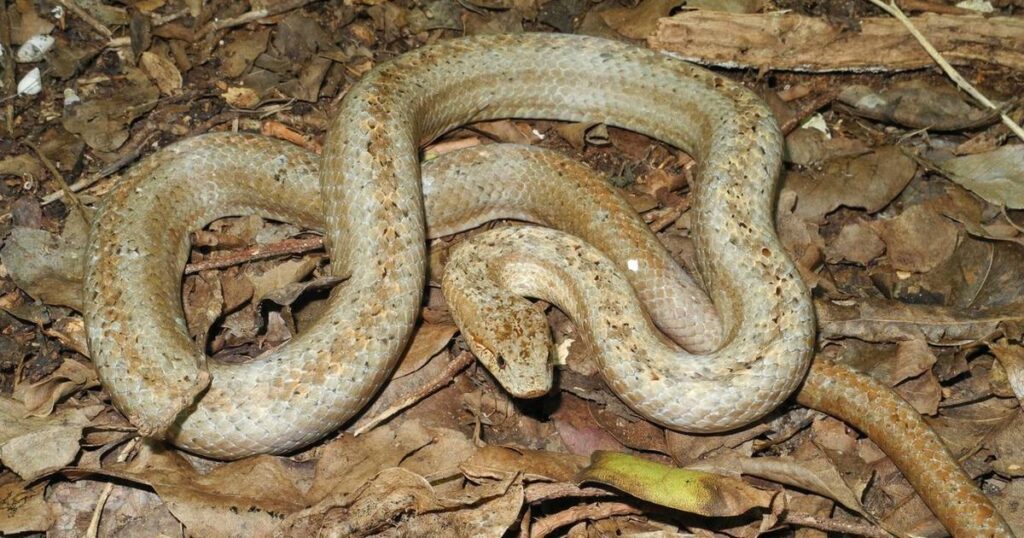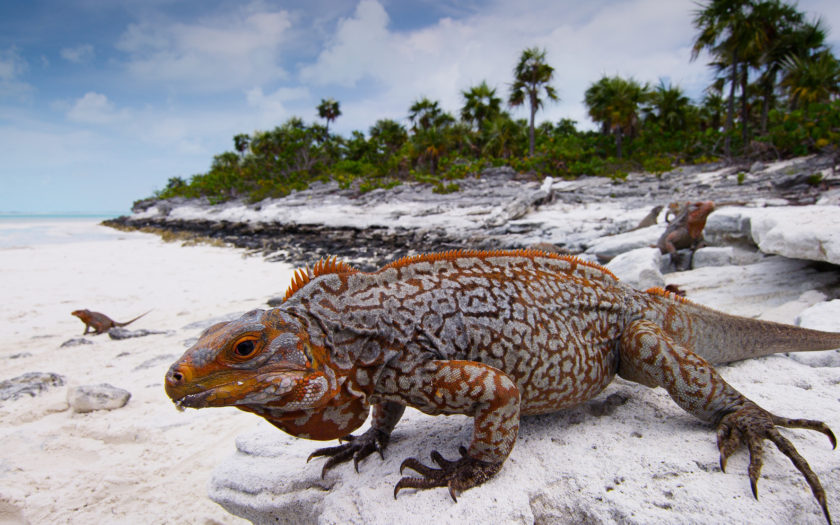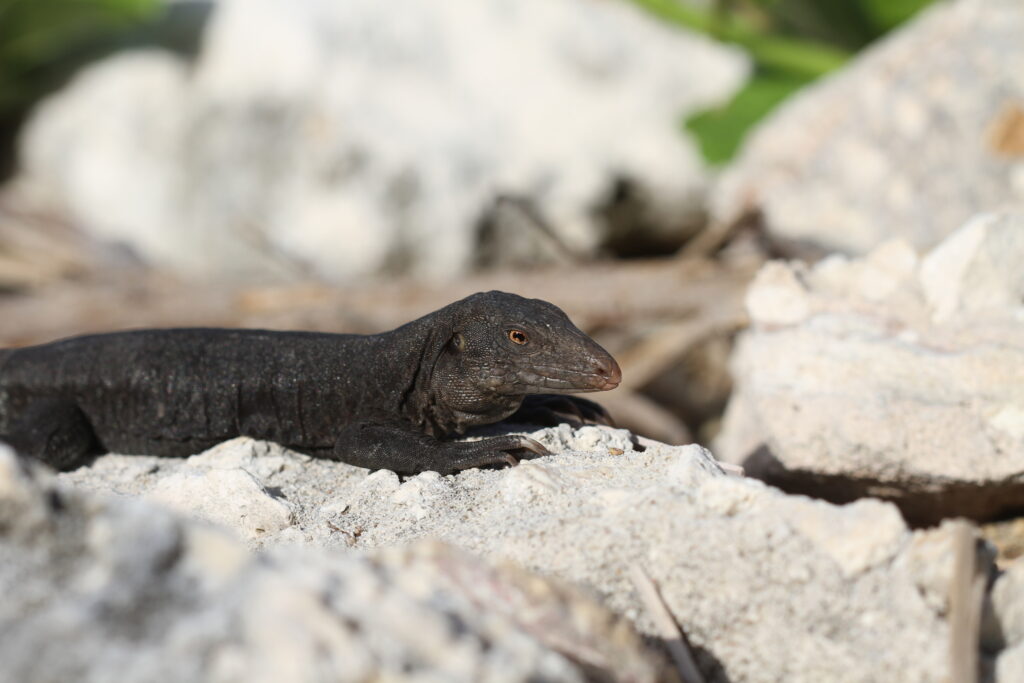Who Are the Northern White Rhinos?
The northern white rhinoceros is one of the largest and rarest land mammals, native to East and Central Africa. Once numbering in the thousands, their population has drastically declined due to poaching and habitat loss. Today, only two known females remain: Najin and Fatu, both residing under 24-hour protection at a conservancy in Kenya. Scientists are worried that this amazing animal will disappear forever, since conventional breeding techniques to bring them back from the brink of extinction are no longer an option.

Subscribe To Children’s Newspaper Click here.
Also Watch full video Interesting Facts About Lions
How are Scientists Helping?
An international team of scientists at Scripps Research, the SanDiego Zoo Wildlife Alliance, Max Planck Institute for Molecular Genetics, and other collaborators have mapped the entire genome of a northern white rhino.This represents a crucial step toward bringing the critically endangered species back from the edge using advanced reproductive technologies. “What’s so exciting about this milestone is that we’re getting closer to being able to rescue animals that otherwise might go extinct during our lifetimes“, says co-senior author Jeanne Loring, Professor Emeritus at Scripps Research and a research fellow at the San Diego Zoo Wildlife Alliance. “This is great progress not only for white rhinos, but for the entire field of animal Conservation“.
Get Know more about Mammal, Buy This Mammals Flashcards.









